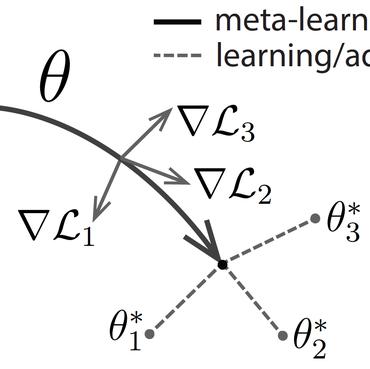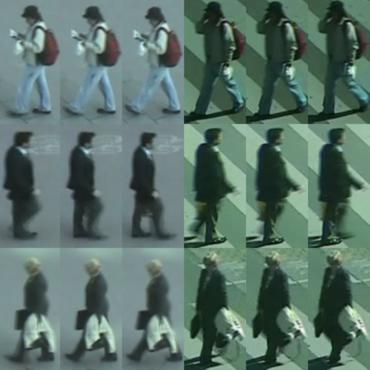Joint Noise-Tolerant Learning and Meta Camera Shift Adaptation for Unsupervised Person Re-Identification
This paper considers the problem of unsupervised person re-identification (re-ID), which aims to learn discriminative models with unlabeled data. One popular method is to obtain pseudo-label by clustering and use them to optimize the model. Although this kind of approach has shown promising accuracy, it is hampered by 1) noisy labels produced by clustering and 2) feature variations caused by camera shift. The former will lead to incorrect optimization and thus hinders the model accuracy. The latter will result in assigning the intra-class samples of different cameras to different pseudo-label, making the model sensitive to camera variations. In this paper, we propose a unified framework to solve both problems. Concretely, we propose a Dynamic and Symmetric Cross-Entropy loss (DSCE) to deal with noisy samples and a camera-aware meta-learning algorithm (MetaCam) to adapt camera shift. DSCE can alleviate the negative effects of noisy samples and accommodate the change of clusters after each clustering step. MetaCam simulates cross-camera constraint by splitting the training data into meta-train and meta-test based on camera IDs. With the interacted gradient from meta-train and meta-test, the model is enforced to learn camera-invariant features. Extensive experiments on three re-ID benchmarks show the effectiveness and the complementary of the proposed DSCE and MetaCam. Our method outperforms the state-of-the-art methods on both fully unsupervised re-ID and unsupervised domain adaptive re-ID.
PDF Abstract CVPR 2021 PDF CVPR 2021 Abstract





 Market-1501
Market-1501
 DukeMTMC-reID
DukeMTMC-reID